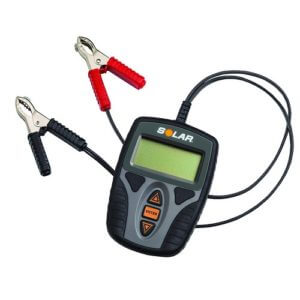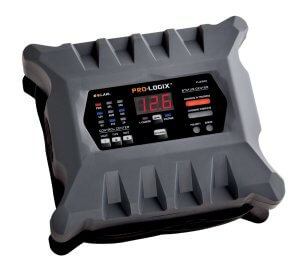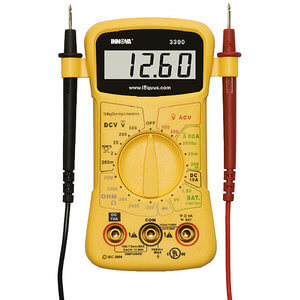How to test your alternator
How to test your alternator
If your car wont start because the battery is dead, you’ll need to test the battery and test your alternator. I’ll show you how to perform the tests, but first pay attention to this WARNING!
NEVER test an alternator by disconnecting the battery cables while the is engine is running. That was a valid test back in the days when cars didn’t have any solid state electronics, but it’s not valid anymore and can cause substantial damage to expensive computers and modules.
How to find out what’s draining your battery
The average car battery lasts about 4 years. If yours is older than that and you’re having problems with it, don’t screw around–buy a new one. Contrary to popular believe cold weather isn’t what kills them—it’s heat. So they’re shot in the summer but die during the winter. They can also die from continued battery drain caused by a computer module that won’t power down, leaving headlights, dome, or map lights on, poor charging due to corroded connections, and by driving with a bad alternator.
You can charge a battery and get a voltage reading that’s indicates it’s good. But that doesn’t mean it will hold the charge or that the plates are in good condition. The ONLY way to get a true reading on a battery’s condition is to perform a load, capacitance, and internal resistance test. That can only be done with special equipment. I’ll show you how to do a voltage test, but don’t rely on that alone. Take the battery into a shop or auto parts store and have it professional diagnosed.
You can’t test an alternator if the battery is dead or below 12 volts
Before you try to test your alternator, check battery voltage. You’ll need a digital multimeter or a real battery tester. Find one at any auto parts store or home center store for less than $20. Or invest in a complete battery and charging system tester. More on that below
Set the digital meter dial to DC volts. Then touch the red probe to the positive battery terminal and the black probe to the negative battery terminal. A fully charged battery will read about 12.75 volts. A voltage reading of 12.2 or less is considered discharged. At 9.6 volts or less, the car’s computer system will either not work, or work erratically.
Test with a battery and charging system tester
A modern battery and charging system tester performs more than just a voltage test. It can run a battery resistance test, capacitance test, diode test, diode ripple test, and output test. The pro versions cost several hundred dollars, but you can buy a very good unit for under $100.
Test the alternator
Connect the multimeter leads to the battery and start the engine with all accessories turned off. The voltage reading should jump from 12.7 to 13.5-14.75 volts. After a minute or so, it should drop down into the 13.5 volt range. Keep the leads connected and turn the blower motor to high speed. The voltage should drop for a second and then recover. Let the blower run at high speed for about 3 minutes while watching the reading. It should not drop. With the blower motor still on, turn on the headlights. The voltage will dip again and recover. However, this time the voltage reading may be slightly lower. Leave the blower and headlights on and now turn on the rear window defogger. Leave everything running for about 10 minutes.
If the voltage stays above 13.5 volts during the entire test, the alternator is good. But if it slowly drifts down towards 13 volts or below, the alternator is bad.
Test for Alternator ripple
An alternator produces AC power. But your car battery and all car systems run on DC power. So the alternator must rectify the problem and convert AC volts to DC volts. To do this, alternators use one way electrical valves called diodes. To test the condition of the diodes, perform an alternator ripple test.
Switching your digital meter to the lowest AC VOLTS setting. Connect the black lead to a good ground and the red lead to the “BAT” terminal on the back of the alternator (not at the battery). A good alternator ripple test reading should show less than .5 VAC with the engine running
How to use a battery tester

Solar BA-9 Battery and Charging System Tester
If you use a battery and charging system tester, set the unit to match the type of battery in your vehicle. Most car batteries are flooded lead acid, known as SLI. But many newer vehicles have absorbed glass mat batteries, known as AGM. If your vehicle has that type, set the tester to AGM.
Next, enter the factory rated cold cranking amps and press TEST. The unit will measure the rated CCA against actual and give you a pass/fail reading.
Then Charge the battery with a real battery charger

Solar Pro-Logix battery charger checks battery condition and uses a battery recondition protocol if the battery is sulphated.
Old style battery chargers can damage the electronics in newer cars by charging at more than 15.5 volts. The new smart chargers determine the battery condition and employ a charging protocol that’ll restore the battery is the safest manner.
©, 2014 Rick Muscoplat
Posted on by Rick Muscoplat

